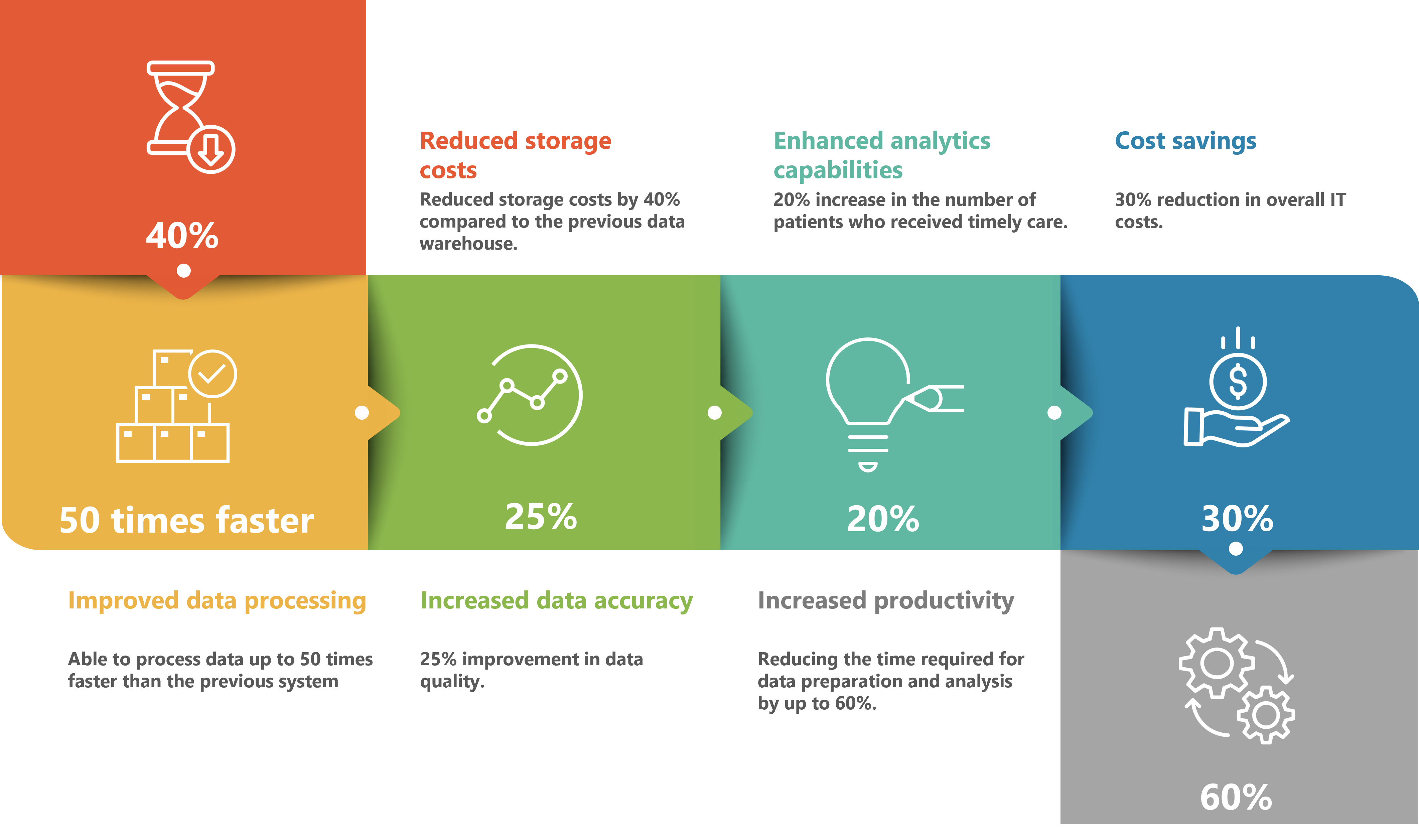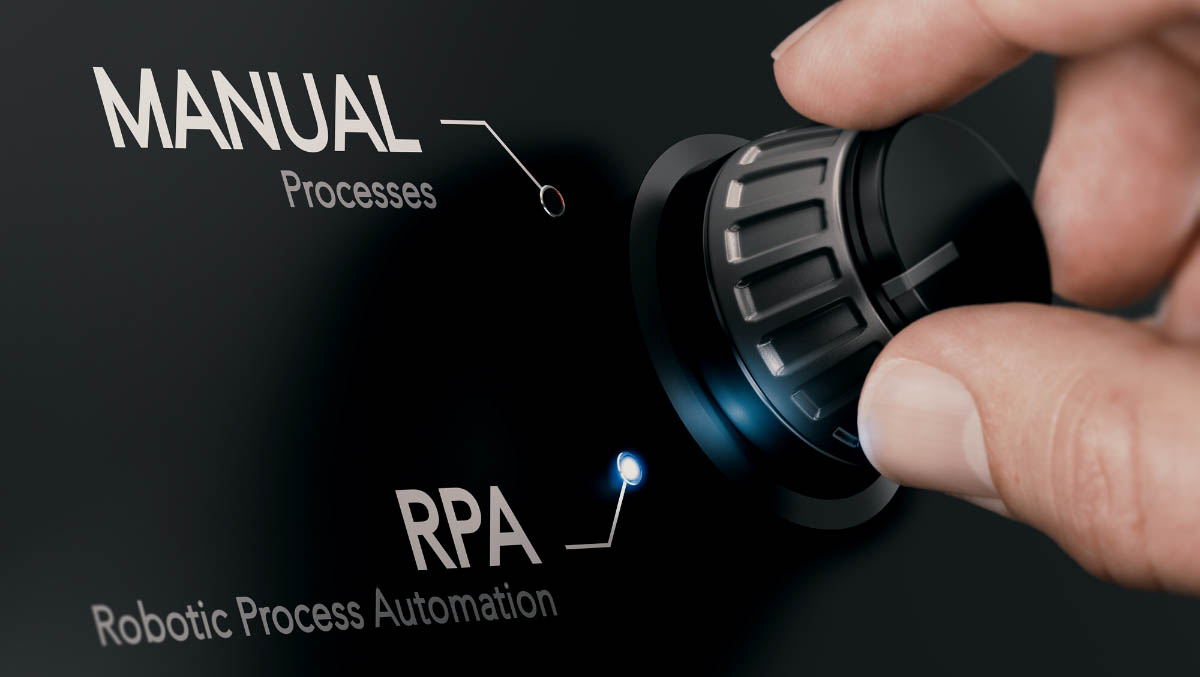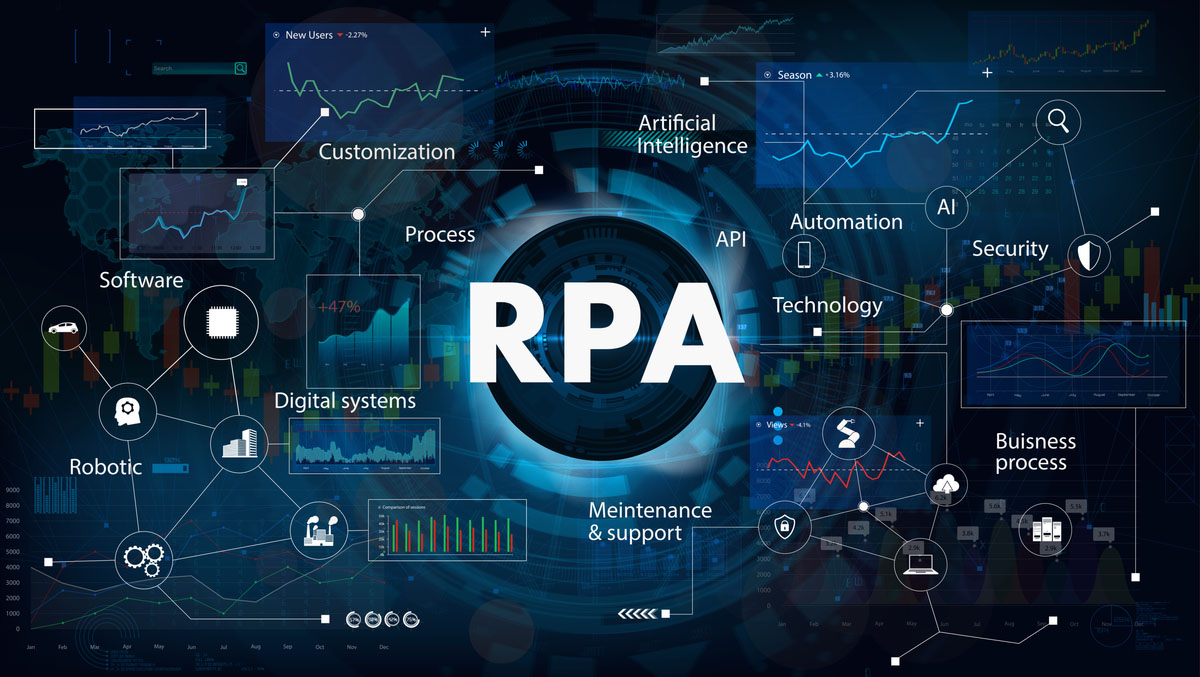Improved data processing: The new solution was able to process data up to 50 times faster than the previous system, reducing the time required for batch processing from hours to minutes.
Increased data accuracy: The new data lake solution improved data accuracy by eliminating data duplication and reducing data entry errors, resulting in a 25% improvement in data quality.
Enhanced analytics capabilities: The new solution provided better analytics capabilities, enabling the client to gain deeper insights into patient care and population health management. This resulted in a 20% increase in the number of patients who received timely care.
Scalability: The new solution is highly scalable, allowing the client to easily add new data sources and scale up the infrastructure as needed.
Improved regulatory compliance: The new data lake solution helped the client comply with regulatory requirements, such as HIPAA and GDPR, by providing enhanced security features and data governance controls.
Cost savings: The new solution helped the client save costs on hardware and licensing fees, resulting in a 30% reduction in overall IT costs.
Improved data access: The new solution provided better data access and sharing capabilities, enabling the client to share data across departments and with external partners more easily.
Increased productivity: The new data lake solution allowed the client's data science team to work more efficiently, reducing the time required for data preparation and analysis by up to 60%.
Overall, the data platform modernization project provided the client with a more efficient, scalable, and cost-effective solution for managing their data, resulting in significant improvements in data processing, accuracy, analytics capabilities, compliance, and cost savings.


.jpg)
.jpg)
.jpg)
.jpg)
.jpg)
.jpg)

.jpg)
.jpg)
.jpg)
.jpg)
.jpg)
.jpg)
.jpg)
.jpg)
.jpg)
.jpg)
.jpg)
.jpg)
.jpg)
.jpg)



.jpg)


.png)
.png)
.jpg)

.jpg)
.png)
.png)
.png)

.png)
.png)
.png)



.jpg)

.jpg)


.jpg)



.jpg)


.jpg)





